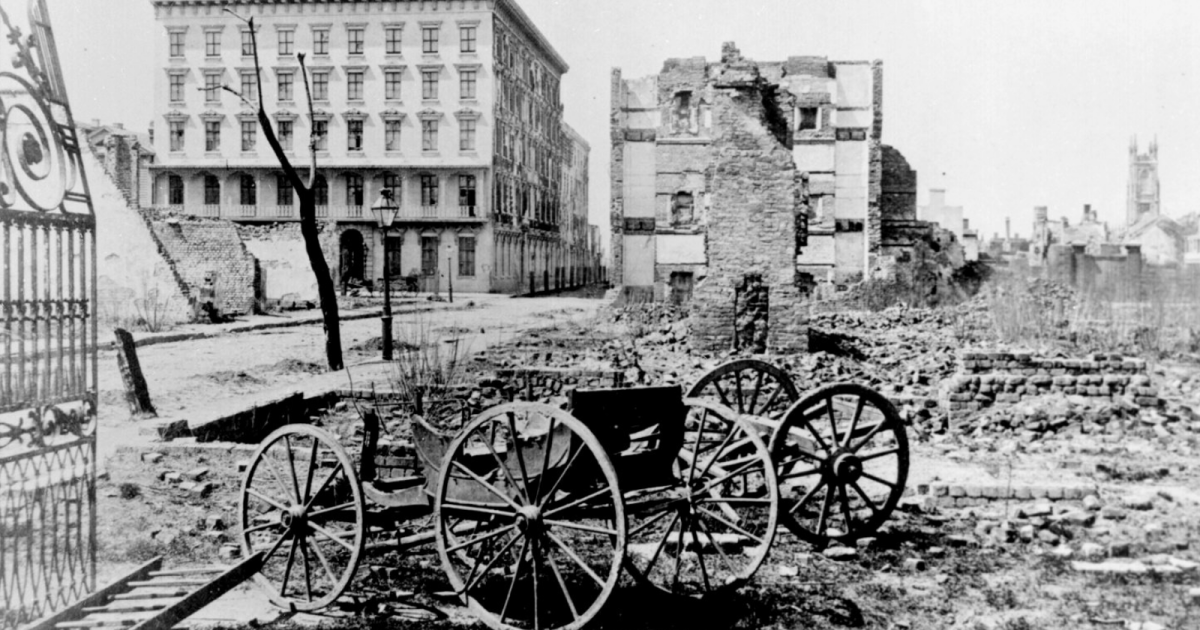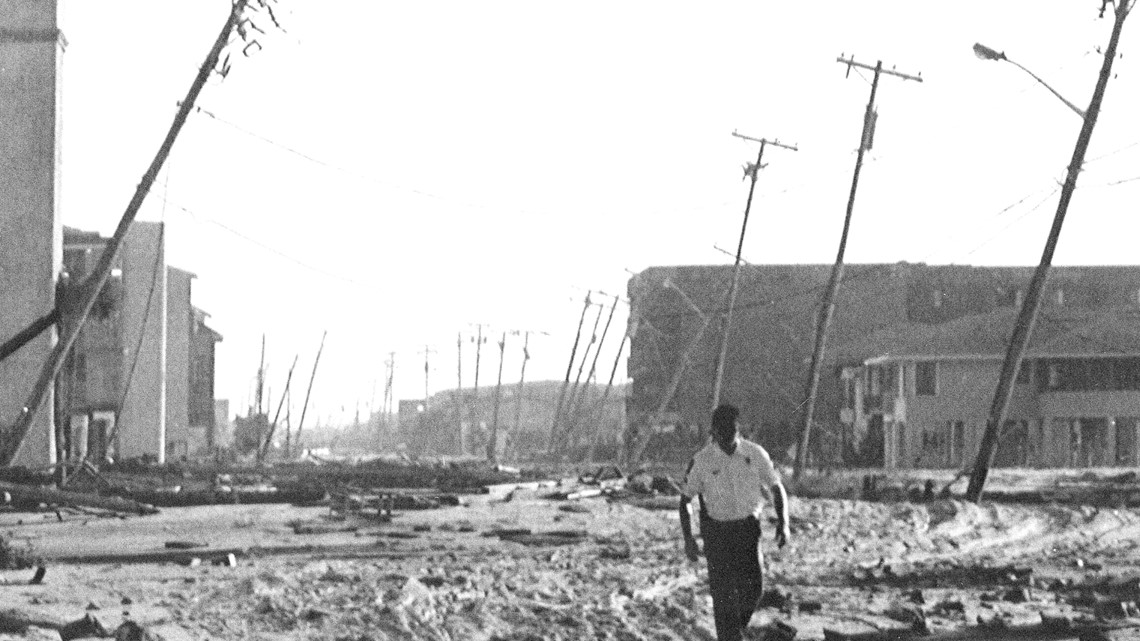The History of Charleston, SC

Charleston is most definitely known for is southern charm and beautiful lowcountry living...but did you know that this is where the civil war started, or that the famous pirate Blackbeard once attacked our shores? Keep reading to find out what's happened in Charleston to make it the amazing place that it is today.
Charleston was originally located on the west bank of the Ashley River and known as Albemarle Point. In the spring of 1670, over 150 English colonists, their servants, and slaves disembarked onto what we today know as Charleston harbor. Charleston moved to its present location on Oyster Point in 1680. The settlement was in an excellent strategic location, so it had more than 1,000 residents in just ten years. And in 1680s America, that was a lot. So, even then, believe it or not, South Carolina was a popular moving destination. Established as Charles Town in honor of King Charles II of England, Charleston adopted its present name in 1783.
The city port started to become popular. This is around the time when people began using it to trade. Along with this trading came violence and disease, and Charleston was an otherwise very calm place. With the trading though, came a few benefits, the largest being that Charleston became the primary hub of commerce in the southern American colonies. The city was attractive to pirates, since it was so inhabited and developed. In 1718, the notorious pirate Edward Teach, otherwise known as Blackbeard, blockaded the entire city. Blackbeard took a few prominent citizens and asked for medical supplies as ransom. His wishes were fulfilled, and the city was free once again.

(This map shows Charlestown in 1718 when Edward Teach, better known as Blackbeard, the pirate, blockaded the walled city and held Charleston city leaders and residents hostages until the city sent out medicines for his crew. Map by Lowcountry Sketches and Maps)

Charleston's "Golden Age," however, was brought to a close with the start of the Revolutionary War.
The British were attacking the city from 1776 up until 1780 when they finally captured the city. Charleston was under their control for the next two years, but in December of 1782, they were forced to withdraw. The next year, the name of the city was officially changed to Charleston. By the end of the decade, there were more than 20,000 residents in the city.

Before we know it, Charleston found itself in another war. By 1860, the city was divided concerning States Rights. In the spring of 1861, the first shots of the Civil War were fired upon Fort Sumter. So, this is the place where it all started. There were many battles during this time, but it wasn't taken until the end of the war in 1865. However, the years of fighting left a mark. After the war, residents were too poor to remodel, so the city kept using the old buildings. But in 1886, a big earthquake damaged more than 2,000 buildings. The city pulled down more than 100 of them, and once again, Charleston had risen from the ashes.


By the beginning of the 1900s, Charleston was once again a cultural center. The situation was pretty similar to how it is today. However, back then, it still wasn't decided what would happen with all the historic buildings in the city. In the 1920s, the Charleston Renaissance was formed. By the 1940s, preservation efforts were already on their way. That allowed the city to adopt its old buildings, and it managed to retain its charm, tradition, and distinct feeling.


However, in 1989, Hurricane Hugo swept the city directly. As a category 5 with winds faster than 135 mph and a 17-foot high wall of water went through Fort Sumter. Luckily, only 25 of the 3,500 important buildings had been damaged severely. Of course, plenty of effort had been put in to restore them to their former glory, and that's exactly what happened.
Throughout the 20th century, the city went back to its roots. Many organizations began buying old and famous houses around the city and turning them into museums.
It's a good thing that the residents didn't want to lose touch with the past. They managed to keep much of the city's authenticity. And in many ways, Charleston is the same as it was back then, and not many 300-year-old cities can say the same.

